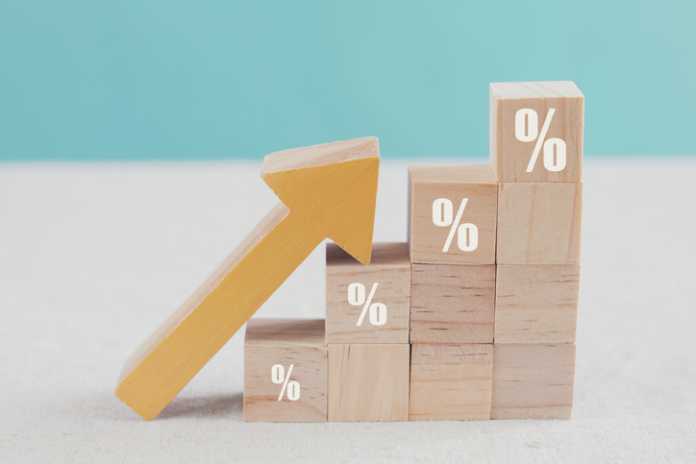Secured loans are usually taken out by consumers to finance large purchases such as a new combi boiler, a house extension, or a landscaped garden.
These purchases are sometimes under the control of the buyer, and sometimes (like when a boiler breaks), they are unplanning but essential.
Whether you’re considering taking out a secured loan as part of a planned purchase or a disaster, it may comfort you to know that now is an excellent time to be shopping around in the secured loan market.
In this article we’ll explain why this is the case, and why 2022 could be the most strategic opportunity that has presented itself in the last ten years.
Lenders are happy to lend again
The first factor is the willingness of lenders to actually spread the wealth. During turbulent economic times, lenders tend to cut back on their core operation of lending to protect themselves against a rise in bad debts.
This is a sensible business decision that regulators and consumers alike will understand, however, it can frustrate those who simply need cash at the current time and don’t have it within their gift to delay a purchase or wait until more favourable lending conditions return.
We are happy to report that 2022 is a positive year for lenders across the economy. In February 2022, the Office for National Statistics reported that the unemployment rate reached 3.9%, which marked a lower point than even before the pandemic.
Jobless figures are reviewed breathlessly by the lending industry because sudden unemployment is a major cause of loan defaults. The more people are in the work, the more loans will be properly repaid, providing lenders with the cash (and profit) to encourage them to continue lending to more consumers.
Interest rates are still low but likely to increase further
Inflation is running at 5.5% and the typical response of The Bank of England’s Monetary Policy Committee is to raise the Official Rate in response to this monetary challenge.
The conventional wisdom behind this move is that a higher interest rate effectively withdraws money from the economy. With less spending power, consumers will spend less, leading prices to rise at a slower pace.
If this doesn’t appear immediately obvious, I invite you to imagine two auction rooms of 100 people bidding on a series of vehicles for sale. If some money is taken out of the pockets of each participant in the second auction room – what do you think the knock-on effect on the final sale prices would be, compared to the room with bidders flush with cash?
For borrowers, the forward guidance by the Bank of England about future rate rises will ring alarm bells. A higher Official Rate will typically drive up the interest rates on personal loans in equal measure, especially for secured loans, which are more likely to be priced with reference to the Bank of England base rate in the loan agreement.
This spring, would-be borrowers are sitting in a ‘Goldilocks’ position of being able to lock in at current favourable rates on fixed-rate deals and protect themselves against inevitable rate rises in the future.
Disclaimer: This article contains sponsored marketing content. It is intended for promotional purposes and should not be considered as an endorsement or recommendation by our website. Readers are encouraged to conduct their own research and exercise their own judgment before making any decisions based on the information provided in this article.

































































